Proven customer retention strategies for building loyalty and reducing churn
Published on July 02, 2025/Last edited on July 02, 2025/12 min read
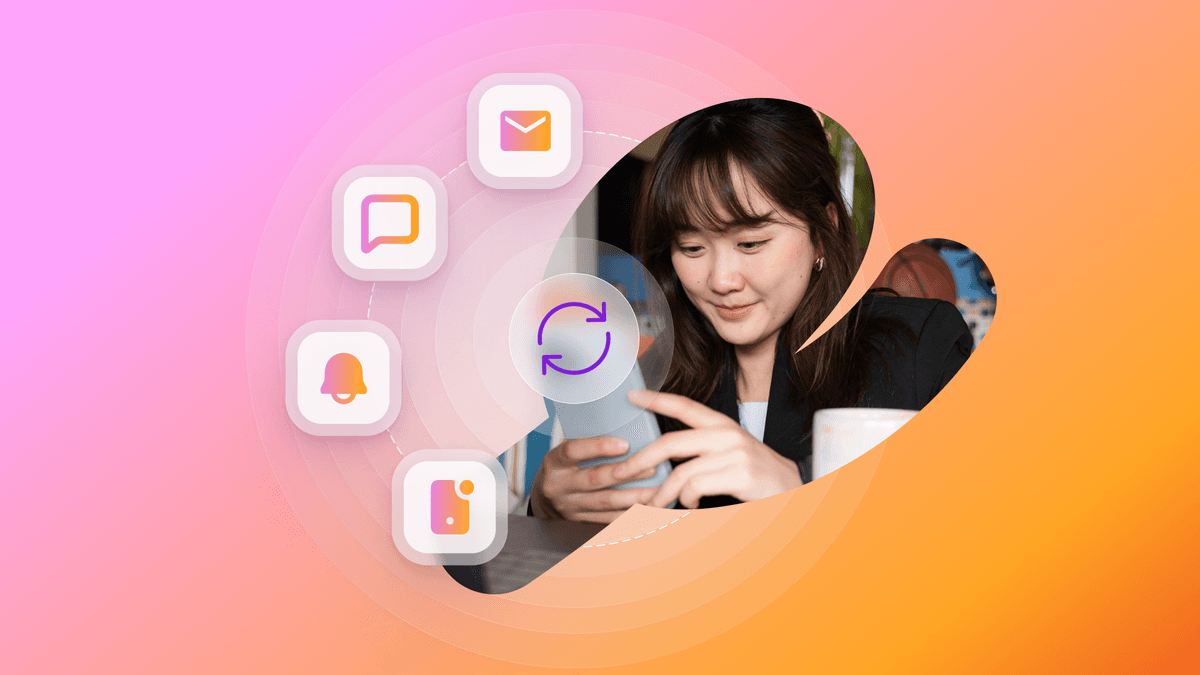
A customer retention strategy is where long-term growth lives. It turns a single purchase into an ongoing relationship, and a loyal user into an advocate. While acquisition still matters, building a sustainable business means investing in strategies that help customers stay active, engaged, and connected to your brand.
In this guide, we’ll explore what customer retention really means, how to build a strategy around it, and the metrics that matter. You’ll also find 13 proven marketing strategies for improving retention, and real-world examples of how brands are making it happen.
Contents
- What is customer retention, and why does it matter?
- What is a customer retention strategy?
- Key metrics that drive a successful customer retention program
- 11 customer and client retention strategies
- Customer retention marketing strategies that actually work
- Final thoughts
- Customer retention strategy FAQs
What is customer retention, and why does it matter?
Customer retention is all about keeping your customers coming back and consistently meeting their needs. It's not just about a single campaign or touchpoint; rather, it's the result of ongoing, relevant engagement over time. When customers remain loyal, they tend to engage more deeply, make more purchases, and even recommend your brand to their friends.
For marketers and customer relationship management (CRM) teams who might be under pressure to drive growth and stretch budgets, customer retention strategies can offer an effective and efficient way forward. They make your customer acquisition cost (CAC) work harder, can improve lifetime value (LTV), and give you more opportunities to deepen relationships across owned channels.
And there’s proof it works: A 5% lift in retention can translate into a 25%–95 % increase in profit.
What is a customer retention strategy?
If customer retention is the outcome, your strategy is the plan that drives it. It’s the deliberate set of actions, campaigns, and messages you design to keep customers engaged over time.
Rather than relying on isolated tactics, a good customer retention strategy bridges the gap between channels and touchpoints, like using customer data, journey insights, and real-time personalization to shape experiences that resonate with audiences and keep them coming back.
Check out this exclusive Braze playbook to uncover:
Key metrics that drive a successful customer retention program
A strong customer retention program is driven by data, specifically, the kind that tells you who’s sticking around, who’s slipping away, and what’s actually making a difference along the journey.
Tracking the right metrics helps lifecycle marketing and CRM teams spot patterns, measure impact, and improve customer retention efforts over time. Here are the key ones to know:
How to calculate your customer retention rate (CRR)
Your customer retention rate (CRR) shows the percentage of customers who continue to do business with you over a set period. It’s a snapshot of how well your brand is holding attention and delivering ongoing value. Here’s how to calculate your retention rate.
The formula: CRR = ((E – N) / S) x 100
- E = Number of customers at the end of the period
- N = New customers acquired during the period
- S = Customers at the start of the period
This metric is the opposite of your customer churn rate, and gives you a quick pulse on retention, but it works best when paired with behavioral data and campaign analytics.
Other key metrics to watch
- Churn rate: The flip side of CRR. A high churn rate means something’s not clicking, and it’s worth digging into where the drop-off is happening. Pro tip: Use tools like Predictive Churn to stop churn before it happens.
- Customer lifetime value (LTV): Tracks the total revenue a customer is expected to bring over time. Higher LTV often correlates with higher retention.
- Repeat purchase rate: Especially useful for eCommerce—how often are customers coming back to buy again?
- Product or content engagement: Opens, clicks, session time, and feature usage offer real-time indicators of customer interest and intent.
- Net promoter scores (NPS) and customer satisfaction scores (CSAT): Direct feedback is a powerful supplement to behavioral data, especially when tied to messaging moments or key lifecycle stages.
11 Customer and client retention strategies
Customer and client retention is built through relevant, timely, and consistent engagement. That means going beyond one-off discounts or loyalty points, and really understanding what matters to your customers. You can then respond in ways that reflect their behavior, preferences, and stage in their journey.
1. Personalize messaging across the full customer journey
Effective personalization adapts to context. Marketers can use Liquid logic and dynamic personalization tools to serve messages that reflect a customer’s behavior, location, or interests. That might mean tailoring an onboarding email based on app activity, or adjusting product recommendations depending on what someone browsed but didn’t buy..
2. Use lifecycle-triggered campaigns to encourage repeat engagement
Automated journeys help create rhythm and familiarity. With journey orchestration tools, teams can build multi-step flows based on key lifecycle moments—from welcoming new users to reactivating quiet ones.
These campaigns should be able to adapt to user actions in real time, helping guide customers from first conversion to long-term usage with relevant, supportive touchpoints.
3. Strengthen loyalty with targeted rewards and recognition
Loyalty doesn’t always need points cards and spend-related prizes. Sometimes, a timely reward or thank-you message goes further.
You can spotlight high-value customers or those at risk of churning and deliver experiences that make them feel recognized. That could be a bonus offer, early access to a new feature, or an exclusive invite based on engagement patterns.
4. Predict churn, and act before it happens
Waiting for customers to leave is too late. With Braze Predictive Churn, you can spot signs of disengagement early and tailor your outreach accordingly.
That might mean sending a re-engagement offer to users whose app usage is dipping or offering live support to a customer who hasn’t opened your last few emails. These proactive nudges help reduce churn without relying on guesswork.
5. Use in-app and mobile messaging to guide the experience
Mobile retention depends on timely, relevant communication, especially when users are active in your app. From feature walkthroughs and useful reminders to promo codes or goal progress, push and in-app messages can support customers in the moment and keep them moving forward.
Get the guide today to uncover what’s holding marketers back from using push better.
6. Reinforce value with educational content
Customers are more likely to stick around when they understand how to get the most out of what you offer. Educational messaging—delivered through email, in-app, or SMS—can reinforce value and reduce confusion.
Build sequences that onboard new users, teach advanced features, or surface FAQs at the right time. For brands with more complex products or services, this kind of guidance often translates directly into better retention.
7. Build feedback loops into your lifecycle campaigns
Retention improves when customers feel heard. Embedding feedback prompts into your customer journey helps surface issues early and spot opportunities for improvement.
Using surveys, you can trigger feedback collection after specific milestones, like a first purchase, subscription renewal, or support interaction, and then act on the results. That might mean launching a follow-up campaign, adjusting messaging, or simply closing the loop with a thank you.
8. Time your messages around real-world behavior
The timing of a message can matter as much as its content. With features like Intelligent Timing, marketers can automatically send messages when each customer is most likely to engage.
From abandoned cart reminders to re-order prompts, sending messages when they’re most welcome helps build retention through consistency and trust, not pressure.
9. Make segmentation smarter and more dynamic
Static lists get stale fast. Dynamic segmentation lets you group customers based on behaviors, preferences, or lifecycle stage, and then update those audiences in real time as people move in and out of those segments.
That means you can send upgrade offers to high-frequency buyers or deliver different loyalty perks depending on past activity—targeting users as they become a part of those groups.
10. Recognize milestones and meaningful moments
Celebrating a customer’s first purchase, anniversary, or even a weekly login streak can be a small but powerful gesture. These touchpoints help reinforce connection, nd show customers that their activity is valued.
This collection of 50 inspirational use cases—inspired by real campaigns carried out by Braze customers—can be easily customized to fit your unique needs and address your unique challenges.
11. Create win-back campaigns
Not every lapsed customer needs a hard sell. Sometimes, a simple check-in is a customer needs. Whatever it takes, build win-back journeys using re-engagement triggers, behavioral filters, and personalized messaging to remind customers why they love your brand.
Customer retention marketing strategies that actually work
Retention strategies are most effective when they’re rooted in real behavior, and nothing shows that better than seeing how other brands put them to work. The following examples highlight how Braze customers are building smarter journeys, reducing churn, and driving long-term value through personalized, cross-channel engagement.
These real-life wins offer a practical look at what’s possible.
KFC Ecuador turns up the heat on retention with smarter customer insights
With 148 locations across the country, KFC Ecuador is a go-to name in the quick service restaurant (QSR) space. But with rising competition and changing consumer habits, the brand needed a better way to stay top of mind between visits and drive more value from its mobile app experience.
The problem
Although the app was popular for downloading coupons, many users never went on to redeem them. The team lacked deeper insight into user behavior and didn’t have a clear sense of which channels, messages, or offers were resonating across different audience segments.
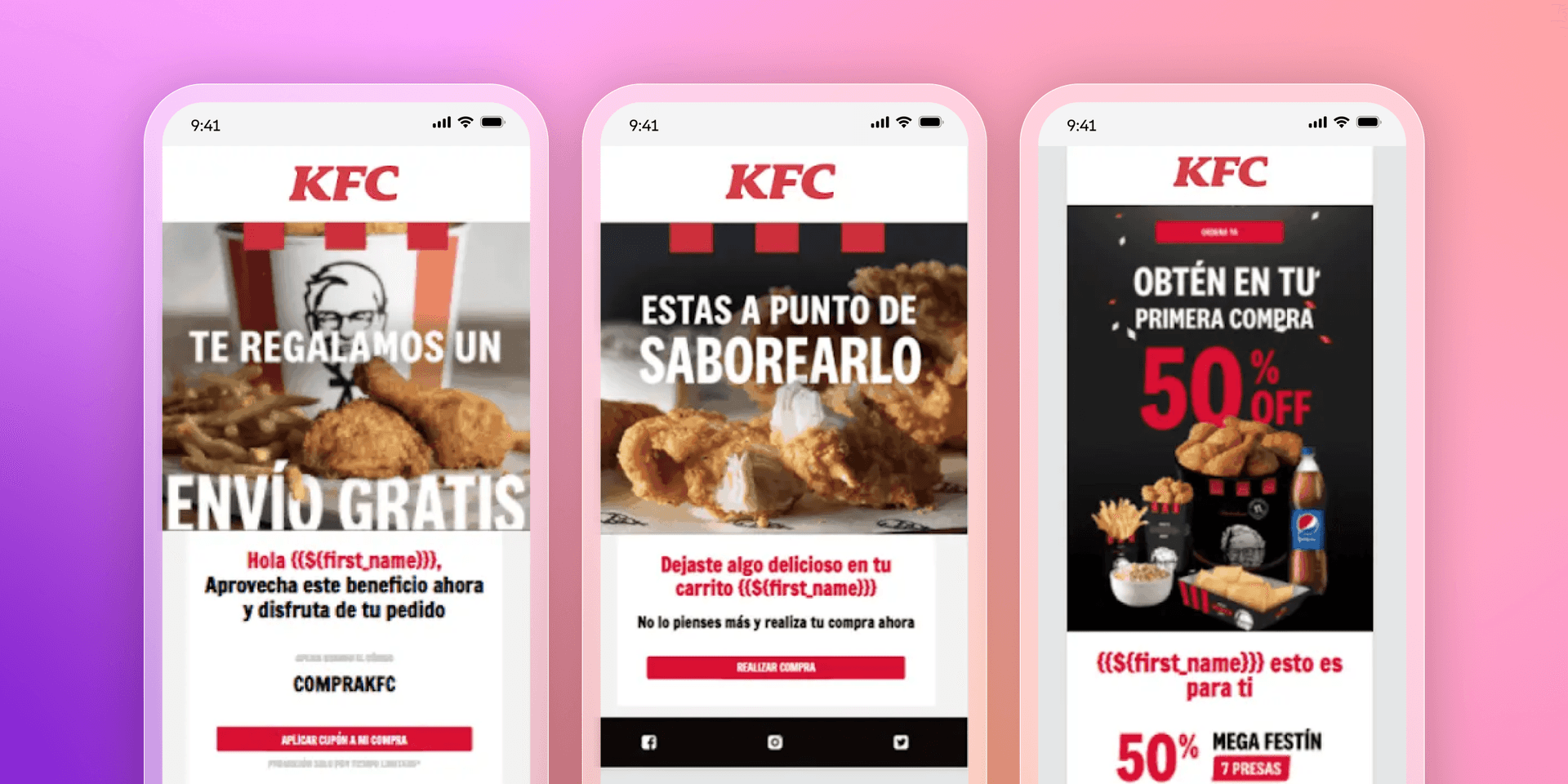
The strategy
KFC Ecuador used Braze Canvas to design a campaign that tested the impact of personalized offers like free delivery or free menu items, as well as tested the effectiveness of email versus push. These insights helped the team better understand which combinations of message, channel, and timing drove action.
The results
By pairing real-time customer data with journey testing and behavioral triggers, KFC Ecuador defined new audience segments and improved the performance of its retention campaigns. The targeted outreach led to a 15% increase in revenue, driven by reduced coupon abandonment and stronger message engagement.
Peacock powers long-term retention with personalized year-in-review campaign.
Peacock, NBCUniversal’s premium streaming platform, offers a deep mix of live sports, blockbuster films, original series, and fan-favorite content. As a direct-to-consumer service, the team understands that retention is about great content and ongoing engagement that keeps viewers coming back.
The problem
With millions of users across free and premium tiers, Peacock needed a way to re-engage viewers and reduce churn, particularly during the high-risk end-of-year period. They wanted to strengthen subscriber relationships and convert more free users into long-term paying customers, without compromising on privacy or user trust.
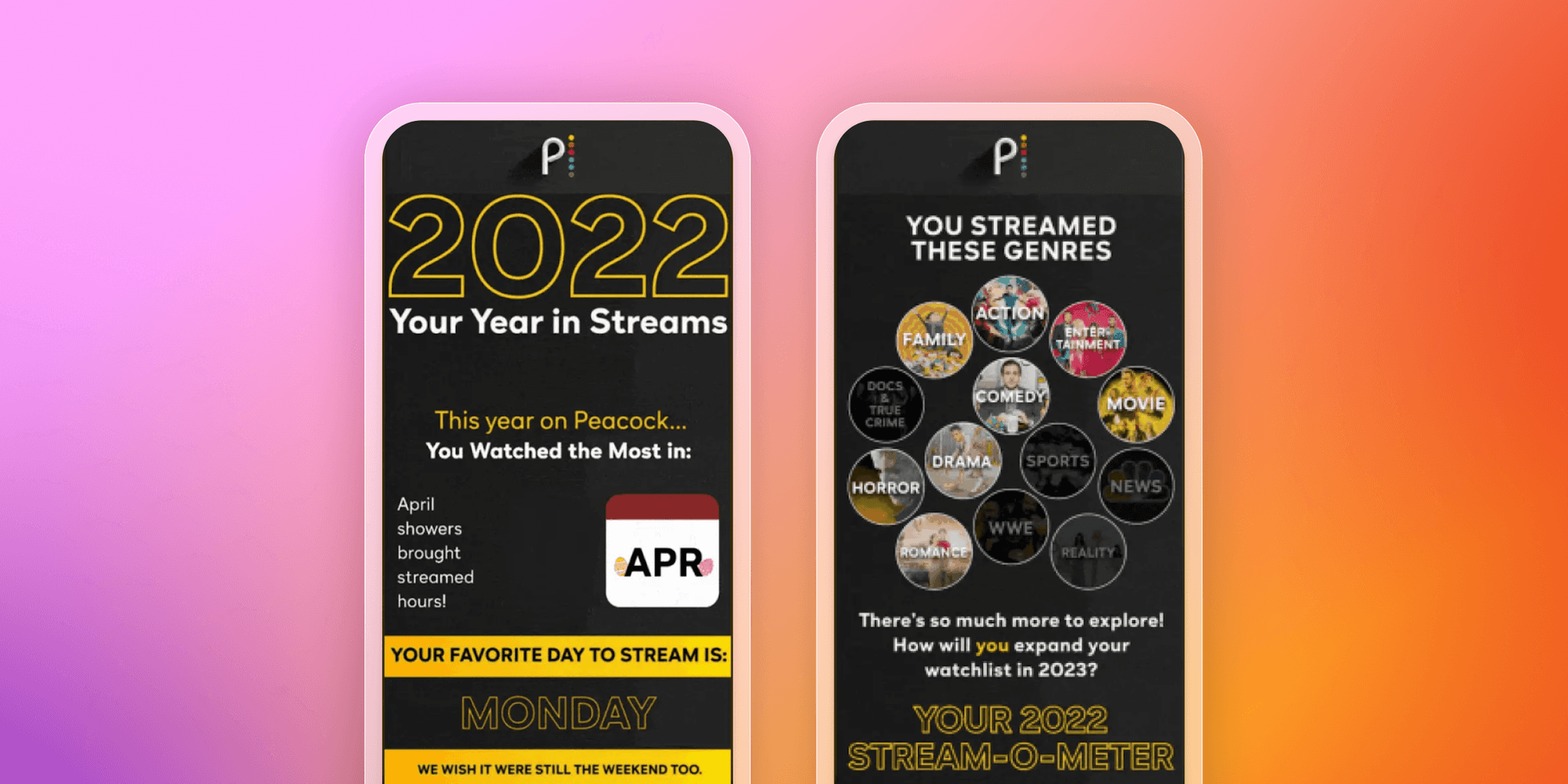
The strategy
To build deeper loyalty, Peacock created a personalized year-in-review campaign designed to celebrate each subscriber’s streaming habits. Using Braze and Braze partners mParticle and Movable Ink, the team crafted dynamic, data-powered emails that highlighted the genres viewers loved, their most active streaming month, and top binge sessions, without referencing specific titles, in line with privacy regulations.
Braze Canvas was used to manage full cross-channel reactivation flows. Audiences were segmented based on subscription tier and recent activity, with four targeted versions of the campaign rolled out at scale.
The results
The campaign drove clear retention outcomes. Recipients had a 20% lower churn rate over 30 days, a 6% free-to-paid upgrade rate, and a notable lift in return viewing. By leaning into behavioral data and personal milestones, Peacock turned a moment-in-time campaign into a long-term retention driver, proving that when engagement feels personal, loyalty follows.
Tapas keeps readers coming back with data-powered onboarding
Tapas, one of fastest-growing digital publishing platforms in North America, is home to over 9 million monthly active users and more than 68,000 creators. With a freemium model and a global audience, the Tapas team needed a better way to engage new readers, convert them to paying users, and retain them over time.
The problem
Before adopting Braze, Tapas lacked visibility into key onboarding metrics like click-through and retention rates. Customer data was spread across disconnected tools, making it difficult to trigger relevant messaging or build a cohesive engagement strategy. The team also needed to localize experiences for users across different regions while encouraging early behaviors that lead to long-term retention.
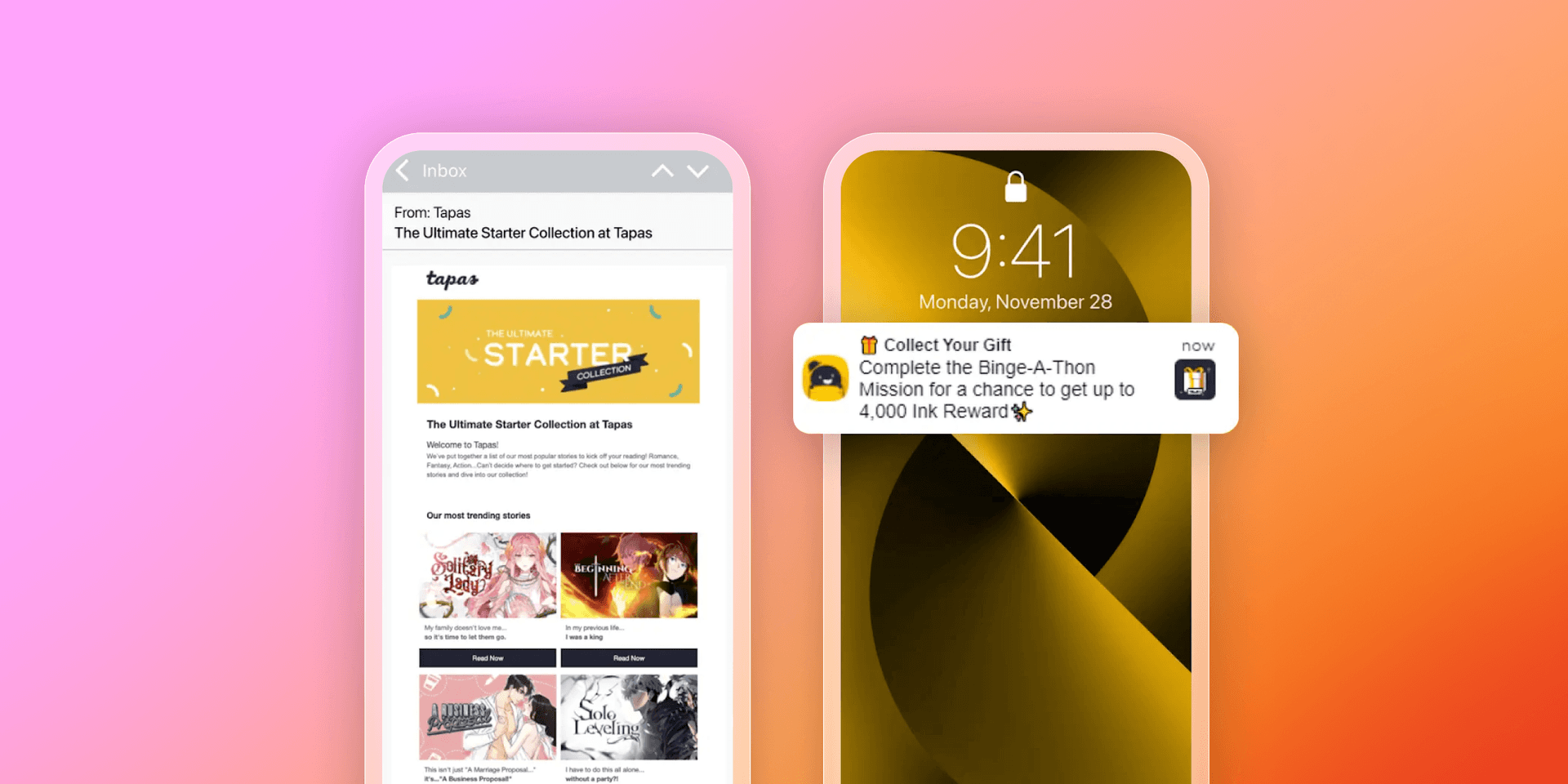
The strategy
Using Braze Canvas, Tapas built automated onboarding journeys triggered by real-time user behavior. They tested message variants, identified drop-off points in the funnel, and used personalized push notifications to recommend content and encourage conversion. This helped to build and automate stronger lifecycle flows.
To further boost retention, Tapas introduced campaigns that rewarded users with free “Ink”—Tapas’ in-platform currency—based on reading activity. These messages, once managed manually via CSV uploads, are now automated through Braze, saving time and allowing the team to act on engagement data instantly.
Tapas also integrated Braze with Alloys partner Amplitude, giving the team a clearer picture of which content drove early purchases. They now track how many users buy “Ink” within seven days of reading free content, and use that data to decide which titles to promote to different segments.
The results
With Braze and Amplitude powering their CRM efforts, Tapas doubled their user retention rate and saw a 28% increase in “Ink” purchases. They also achieved a 10% increase in funnel completion for episode reads and a 30% lift in email open rates. By combining automation with actionable insights, Tapas has built a CRM system that’s not only efficient but also designed to keep readers coming back.
Final thoughts on customer service retention strategies
Customer retention is the outcome of a well-built strategy, not a single feature or campaign. It’s one that’s fueled by data, shaped by behavior, and delivered consistently across channels. From personalized onboarding flows to proactive churn outreach, the most effective retention tactics are those that adapt as your customers develop and mature.
With Braze, lifecycle and CRM teams can bring these strategies to life using tools built for real-time engagement. Whether you’re segmenting based on usage, triggering reactivation flows, or scaling loyalty efforts, you’ll have the flexibility to meet your audience where they are, nd keep them coming back.
Looking to improve customer retention across your messaging strategy? Get in touch with our team or explore our platform to see how Braze can support your growth.
FAQs on how to improve customer retention
Customer retention strategies are structured approaches used to keep existing customers engaged and encourage repeat business. These include tactics like personalized messaging, loyalty programs, and reactivation campaigns.
The best customer retention strategies for 2025 will focus on personalization, leveraging advanced data analytics and AI to deliver tailored experiences that resonate with individual customer preferences and behaviors.
You can measure customer retention effectiveness using metrics like customer retention rate (CRR), churn rate, customer lifetime value (LTV), and repeat purchase rate. Tools like Braze Reporting & Analytics help track these metrics across channels and campaigns.
Customer retention tools include engagement platforms like Braze, which offer journey orchestration, predictive churn modeling, and real-time personalization capabilities. These tools help marketing and CRM teams deliver relevant experiences that keep customers coming back.
Customer retention is important for growth because it improves revenue efficiency, boosts lifetime value, and reduces reliance on costly acquisition. Loyal customers often engage more, spend more, and often become brand advocates, making them a core driver of sustainable business success.
Related Content
View the Blog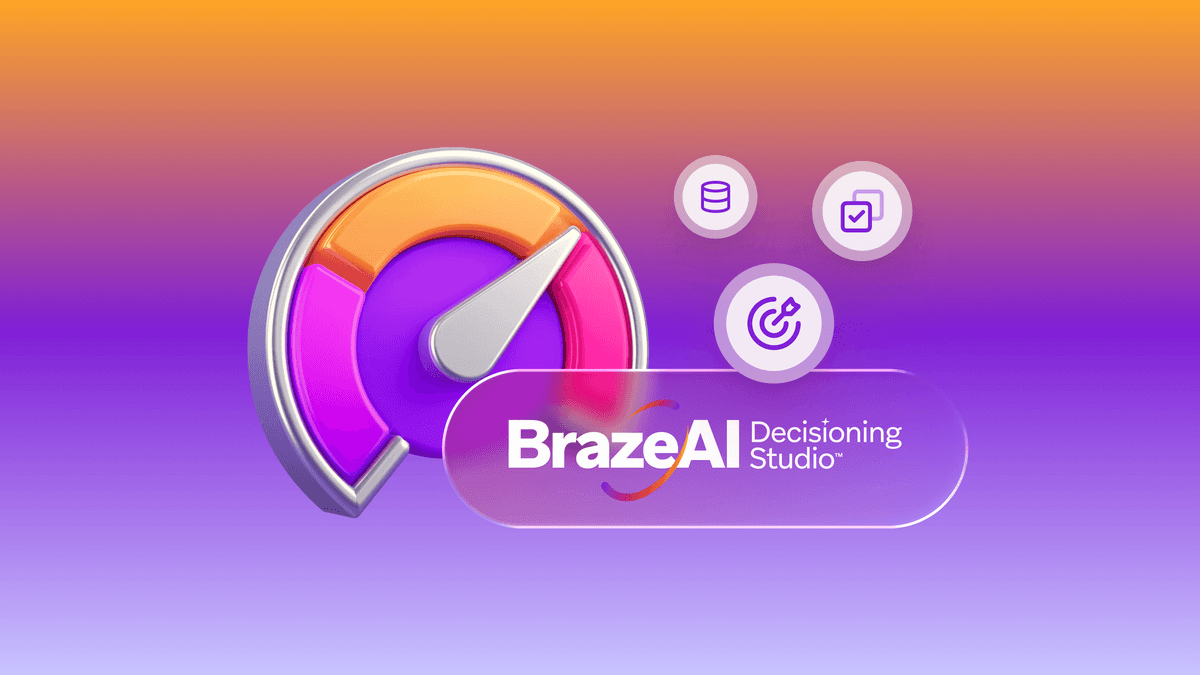
AI decisioning cheat sheet: How to crawl/walk/run with BrazeAI Decisioning Studioᵀᴹ
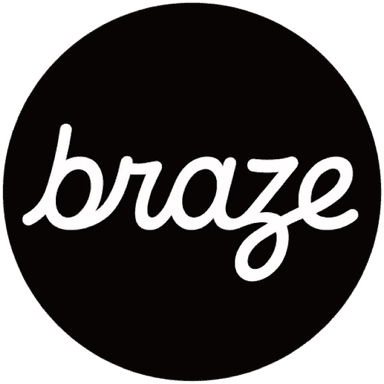
Team Braze

A day in the life of a data scientist on the BrazeAIᵀᴹ forward-deployed engineering team

McKay Jensen
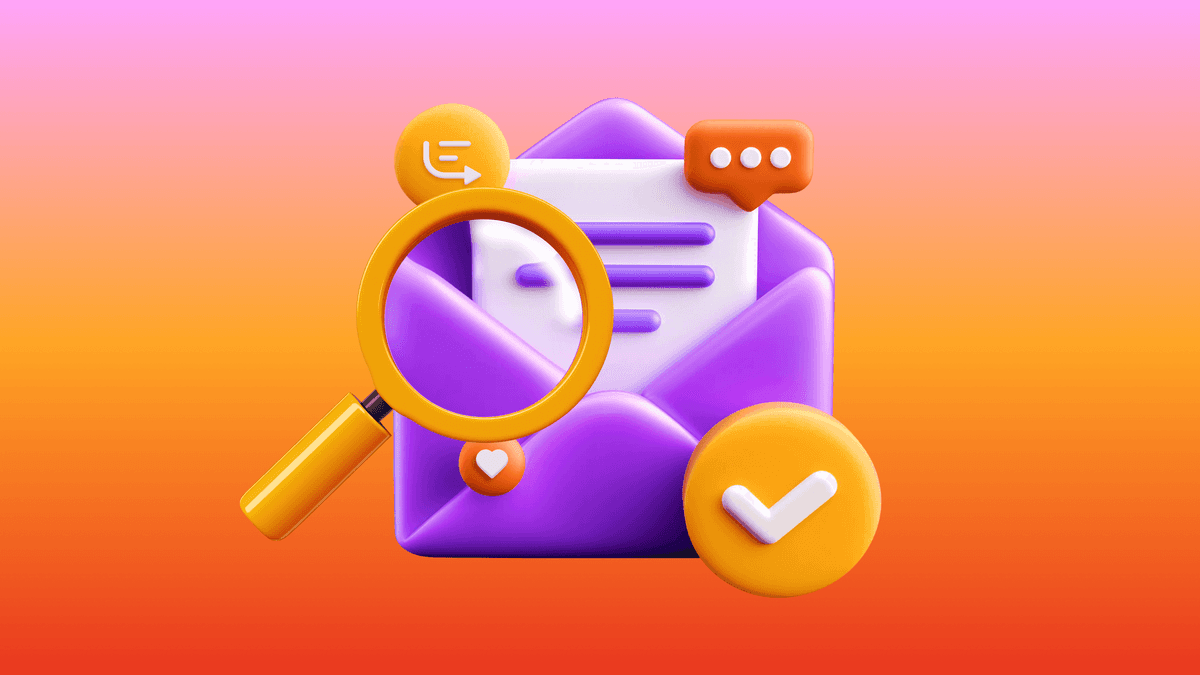
The new inbox reality: How iOS changes are reshaping email marketing
